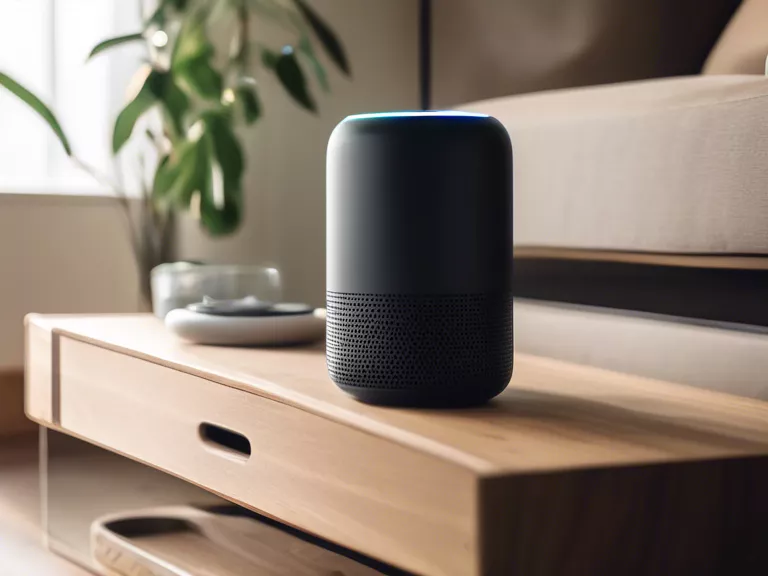
In recent years, advancements in AI technology have revolutionized the audio processing capabilities of headsets, leading to improved voice clarity. By leveraging AI algorithms, manufacturers have been able to enhance the quality of audio signals received by microphones and transmitted to speakers, resulting in clearer and crisper sound for users.
One of the key ways AI-enhanced audio processing is improving voice clarity in headsets is through noise suppression. Background noise can often interfere with communication, making it difficult for listeners to understand the speaker. AI algorithms are able to analyze incoming audio signals in real-time and filter out unwanted noise, allowing the user's voice to come through more clearly. This can be especially valuable in noisy environments such as open offices or crowded public spaces.
Another benefit of AI-enhanced audio processing in headsets is echo cancellation. Echoes can distort the original sound, leading to poor voice clarity and overall user experience. AI algorithms can identify and remove echoes from audio signals, ensuring that the listener hears only the speaker's voice without any unwanted reverberations.
Furthermore, AI-powered beamforming technology is being used to enhance voice clarity in headsets by focusing on the user's voice and reducing background noise. By analyzing the direction of the voice and adjusting the microphone's sensitivity accordingly, AI algorithms can isolate the speaker's voice and minimize interference from surrounding sounds.
Additionally, AI-enabled adaptive equalization is helping to improve voice clarity in headsets by dynamically adjusting the audio frequency response based on the characteristics of the user's voice. This allows for optimal sound quality and intelligibility, regardless of the speaker's voice pitch or volume.
Overall, AI-enhanced audio processing is playing a crucial role in enhancing voice clarity in headsets, making communication more effective and enjoyable for users. As technology continues to evolve, we can expect even greater advancements in AI-driven audio processing solutions for headsets in the future.



